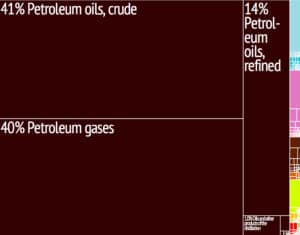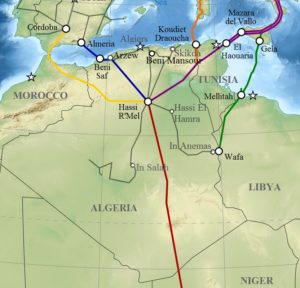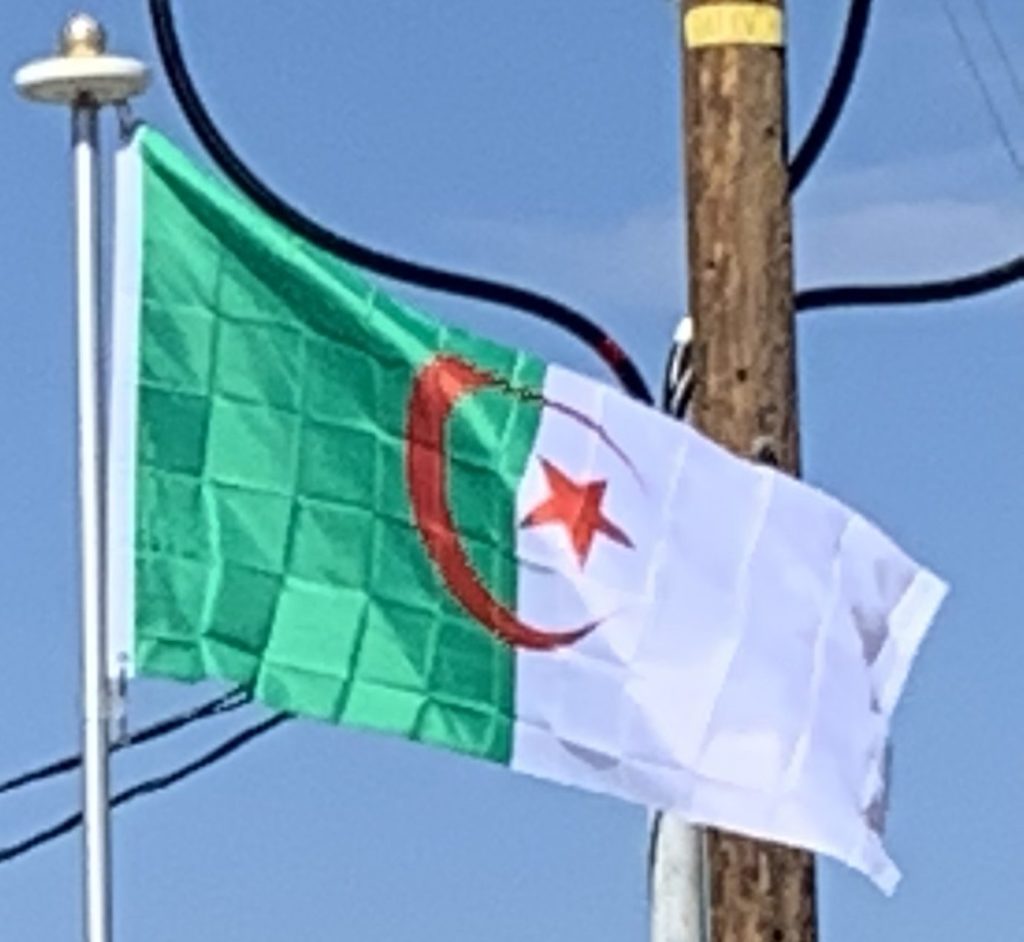The Hoggar Mountains (Arabic: جبال هقار), also known as the Hoggar, are a highland region in central Sahara, southern Algeria. They are located about 932 miles south of the capital, Algiers, and just east of Tamanghasset.
Algiers, Oran, Constantine, and Annaba are Algeria’s main cities.
Economy:
Algeria is classified as an upper middle income country by the World Bank. Algeria’s currency is the dinar (DZD). The economy remains dominated by the state, a legacy of the country’s socialist post-independence development model. In recent years, the Algerian government has halted the privatization of state-owned industries and imposed restrictions on imports and foreign involvement in its economy. These restrictions are just starting to be lifted recently although questions about Algeria’s slowly-diversifying economy remain.
Algeria has struggled to develop industries outside hydrocarbons in part because of high costs and an inert state bureaucracy. The government’s efforts to diversify the economy by attracting foreign and domestic investment outside the energy sector have done little to reduce high youth unemployment rates or to address housing shortages. The country is facing a number of short-term and medium-term problems, including the need to diversify the economy, strengthen political, economic and financial reforms, improve the business climate and reduce inequalities among regions.

A wave of economic protests in February and March 2011 prompted the Algerian government to offer more than $23 billion in public grants and retroactive salary and benefit increases. Public spending has increased by 27% annually during the past 5 years. The 2010–14 public-investment programme will cost US$286 billion, 40% of which will go to human development.
Algeria has not joined the WTO, despite several years of negotiations.[103]
Hydrocarbons:
Algeria, whose economy is reliant on petroleum, has been an OPEC member since 1969. Its crude oil production stands at around 1.1 million barrels/day, but it is also a major gas producer and exporter, with important links to Europe. Hydrocarbons have long been the backbone of the economy, accounting for roughly 60% of budget revenues, 30% of GDP, and over 95% of export earnings. Algeria has the 10th-largest reserves of natural gas in the world and is the sixth-largest gas exporter. The U.S. Energy Information Administration reported that in 2005, Algeria had 160 trillion cubic feet of proven natural-gas reserves. It also ranks 16th in oil reserves.
Non-hydrocarbon growth for 2011 was projected at 5%. To cope with social demands, the authorities raised expenditure, especially on basic food support, employment creation, support for SMEs, and higher salaries. High hydrocarbon prices have improved the current account and the already large international reserves position.

Income from oil and gas rose in 2011 as a result of continuing high oil prices, though the trend in production volume is downwards. Production from the oil and gas sector in terms of volume, continues to decline, dropping from 43.2 million tonnes to 32 million tonnes between 2007 and 2011. Nevertheless, the sector accounted for 98% of the total volume of exports in 2011.
